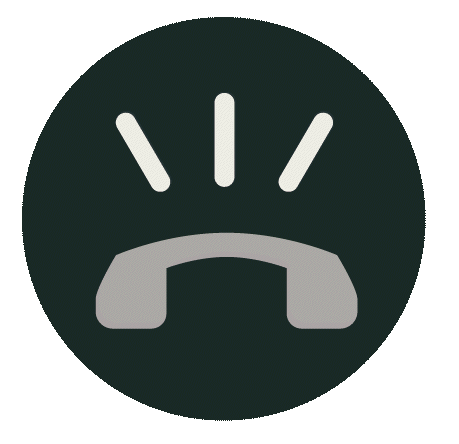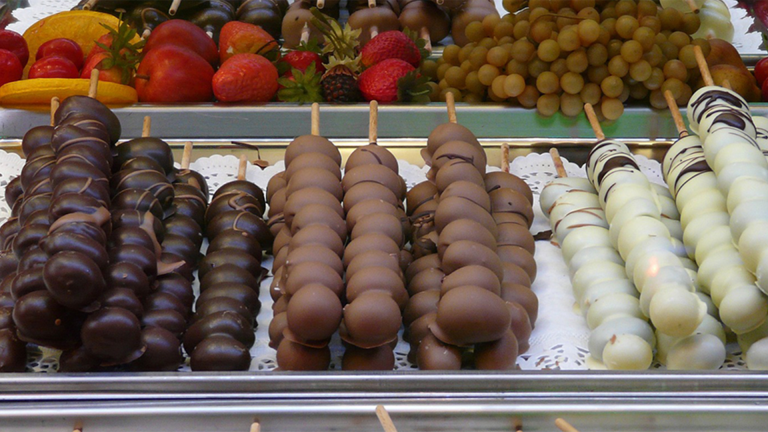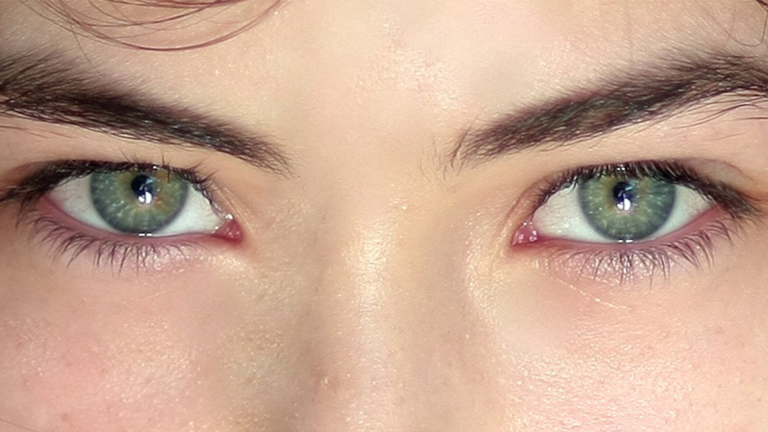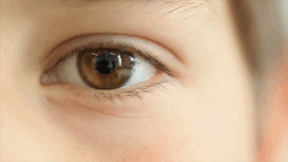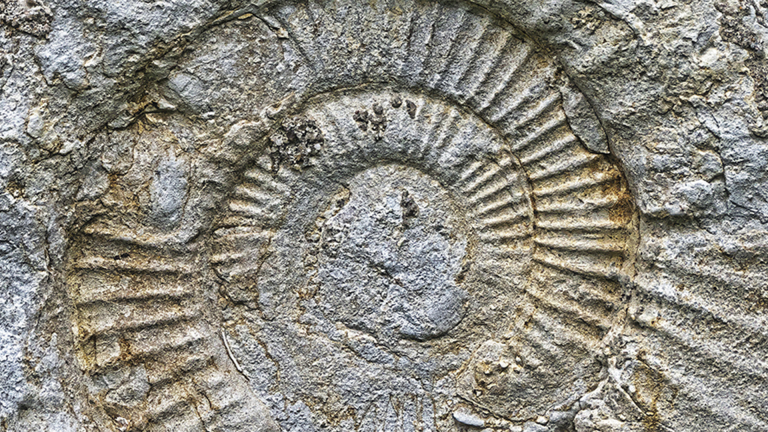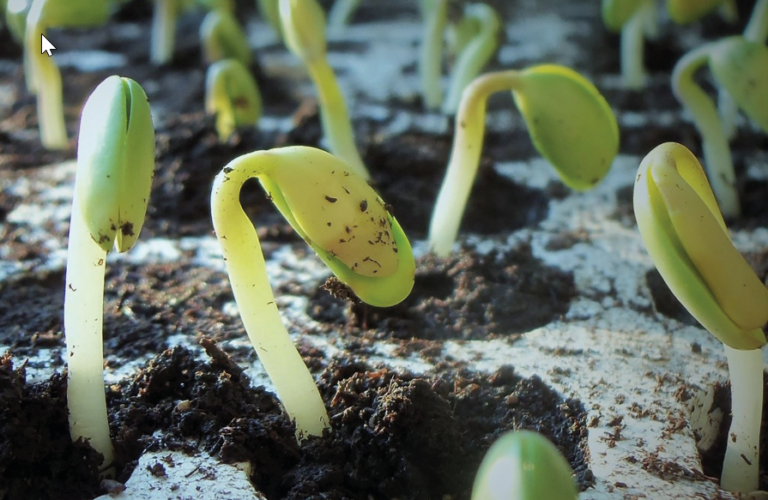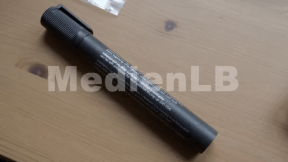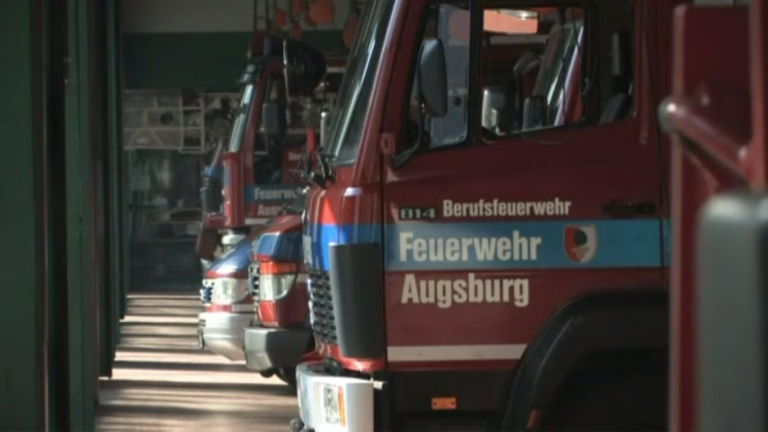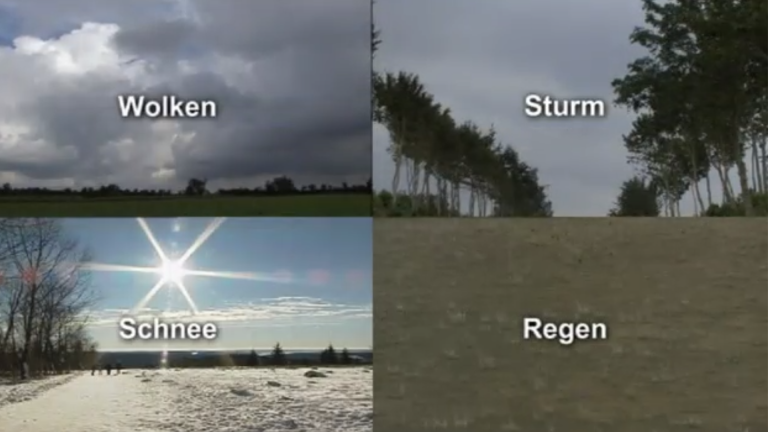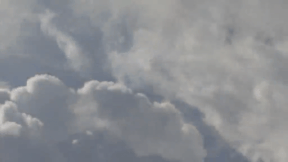Suche:
- # Artistry
- # Biology
- # Chemistry
- # Ecological
- # Economy
- # English
- # Foreign Language
- # Geography
- # German
- # Health
- # History
- # Informatik
- # Latin
- # Mathematics
- # Media Education
- # Music
- # Physics
- # Politics / Civics
- # Preschool
- # Primary School
- # Religion
- # Society
- # Sports
- # Technology
- # Training of Teachers
- # Vocational Education
Schokolade
Schokolade – die süße Versuchung. Kaum einer, der dieser zart schmelzenden Köstlichkeit widerstehen kann. Knapp neun Kilo des leckeren kakaohaltigen Genussmittels gönnte sich der Deutsche 2005 im Durchschnitt. Das liegt nicht nur am guten Geschmack: Schokolade hat auch eine besondere Wirkung auf Körper und Geist. Einige ihrer Inhaltsstoffe sind zum Beispiel gut gegen Bluthochdruck oder Depressionen. "Schau dich schlau!" erklärt, wie Schokolade genau wirkt. Ihren Ursprung hat Schokolade in Südamerika, genossen wurde sie dort als die Sinne erregendes Getränk. Bis zum heutigen Tag werden in Äquatorländern Kakaofrüchte per Hand geerntet, indem sie mit Macheten von den bis zu 15 Meter hohen Bäumen geschlagen werden. Mit den spanischen Eroberern kam der Kakao nach Europa, doch erst im Jahre 1848 gab es Schokolade in Form fester Tafeln. Heute reicht die gute alte Milchschokolade nicht mehr aus – immer ungewöhnlichere Kreationen kommen auf den Markt, darunter gewagte Kombinationen mit Paprika, Sellerie oder sogar Bergkäse. "Schau dich schlau!" zeigt den Weg der Kakaobohne von der Plantage bis in die Schokoladentafel. Außerdem haben sich Joey Grit Winkler und Fero Andersen auf der Internationalen Süßwarenmesse (ISM) in Köln umgeschaut und zeigen die neuesten Trends und die skurrilsten Zutaten!
Learn moreEye
The eye is one of our most important sense organs. It provides direct access to the world.
Learn moreContinents
Continents are continuous expanses of land that are clearly separated from each other by oceans.
Learn moreHands-on Biology
To perform the experiment with beans you need first of all the seeds, of course. Runner beans are well suited for it. Watch out! Eaten raw, bean seeds are poisonous! For the germination experiments you need one plant pot per experiment. You need a waterproof pen for labelling the pots. Moreover, a watering can and water are required to keep the plant soil moist which is also needed. Some of the plant soil should be dried beforehand. To exclude the light you need a carton, to exclude the air a solid, transparent plastic bag and to exclude the soil cotton wool. In addition, scales, a glass and a protractor are required.
Learn moreOn Fire!
This DVD provides information on the history of fires and the fire brigade. The firefighters’ job is vividly illustrated, including their tasks and equipment. The topic of placing emergency calls plays a major part on this DVD. For safety training pur- poses, fire brigade operations are shown, causes of fires dis- cussed and extinguishing fires is practiced. In particular, the appropriate conduct in the event of a fire (alarm, test alarm, escape route, emergency call, fire detector, fire extinguisher, etc.) and first-aid measures for burns are demonstrated. The fact that besides the familiar fire engine, there are also fire brigades on water, on land and in the air shows how diverse this job is. A visit to the youth fire brigade makes this DVD especially suited for primary school pupils.
Learn moreOur Weather
In everyday life we are confronted with this topic on a daily basis. It is part of our lives. The weather determines our daily routine more than we tend to think. Children, in particular, have a lot of questions on the subject. How does the weather form? What different forms of clouds are there? How is a weather forecast made? Why does it rain? These are only a few of them. The film looks into these questions and answers them in terms and pictures suitable for young pupils. Looking to the future, the problems of climate change and greenhouse effect are also dealt with. In addition, the film conveys to the children how important it is to treat our earth with sensitivity. As a special bonus, this DVD offers fast-motion picture material from weather stations as well as satellite pictures made available by the German meteorological service, which can be accessed via the DVD menu. Together with the didactically arranged accompanying material, this DVD is perfectly suited for the classroom both as an introduction to the complex topic of the weather and as a tool in the hands of the pupils when working individually or preparing projects.
Learn moreSheep
The sheep, one of the oldest livestock animals of mankind, has not only supplied us with wool, meat, pelts and milk but has also helped us conserve our landscape. There are between 500 and 600 different varieties. In Germany alone, there are more than 40 breeds. Because of marketing interests sheep were specifically bred for their wool, their meat, their milk and their pelts. Sheep farming, which is very time-consuming, involves shepherding, rearing and processing of wool, meat, milk and pelts. In order to be able to live on sheep farming various products must be marketed. Sheep help to preserve landscapes and provide flood control. Examples thereof are the Heidschnucke, which preserve the heath, and the dike sheep that help consolidate the dikes. Together with the extensive additional material the DVD is ideally suited for use in the classroom.
Learn moreDachs
Der Dachs ist ein nachtaktiver Bewohner der heimischen Wälder. In teilweise jahrzehntealten, bis zu 5m tiefen Bauen verbringt er den Tag und begibt sich nachts auf Nahrungssuche.
Learn moreMensch und Tier
Menschen und Tiere leben seit Jahrtausenden zusammen. Ursprünglich als reines Nutztier gehalten, entwickelte sich eine Beziehung zu einem Tier als reines Haustier. Neuer ist die Verbindung der engen Beziehung des Menschen zu Tieren und therapeutischen Anliegen. Im Film werden verschiedenste Tiere und deren therapeutische und unterstützende Wirkung vorgestellt. Ob mit Schafen, Alpakas, Ponys, Schulbegleithunden oder Blindenhunden – der Film geht der engen Beziehung von Mensch und Tier nach.
Learn moreDeutschlands Landschaften
Deutschland ist ein Land der Landschaften. Der Film nimmt uns mit auf eine Reise von den Küsten im Norden über die Lüneburger Heide, die Lößbörde und die Mittelgebirge in der Mitte Deutschlands bis zu den Alpen im Süden.
Learn moreMüllvermeidung
In dieser Ausgabe von "Schau dich schlau!" erfahren Sie alles, was man über Müll wissen muss. Jeder Deutsche hinterlässt jedes Jahr fast eine halbe Tonne Abfall. Wie kann man diesen gewaltigen Müllberg reduzieren? Die Wissensreporter Joey Grit Winkler und Fero Andersen wagen das spannende Experiment und wollen 24 Stunden lang keinen Müll produzieren. Joey Grit Winkler und Fero Andersen wagen ein radikales Experiment und treten in einen Müllvermeidungs-Wettstreit. Sie wollen 24 Stunden lang keinen Müll produzieren. Schnell stellt sich die Frage: Was können die beiden eigentlich noch essen? Wo können sie einkaufen? Und wie vermeiden sie es, mit Werbeprospekten und Verpackungsmaterial überschwemmt zu werden? Das Experiment zeigt, welchen Abfall wir tagtäglich produzieren und mit welchen Tricks wir unseren persönlichen Müllberg schrumpfen lassen können. In dieser Folge "Schau dich schlau!" bekommen die Zuschauer außerdem Antworten auf folgende spannende Fragen: Lohnt es sich, Flaschen nach Farben zu trennen? Landet unser sorgfältig getrennter Müll am Ende doch in der Müllverbrennungsanlage? Welche Trendsportart verbirgt sich hinter dem Begriff "Dumpster Diving", und wie kann man aus dem Datenmüll auf zerkratzten CDs und magnetisierten Festplatten wieder die ursprünglichen Informationen zurückgewinnen?
Learn more
